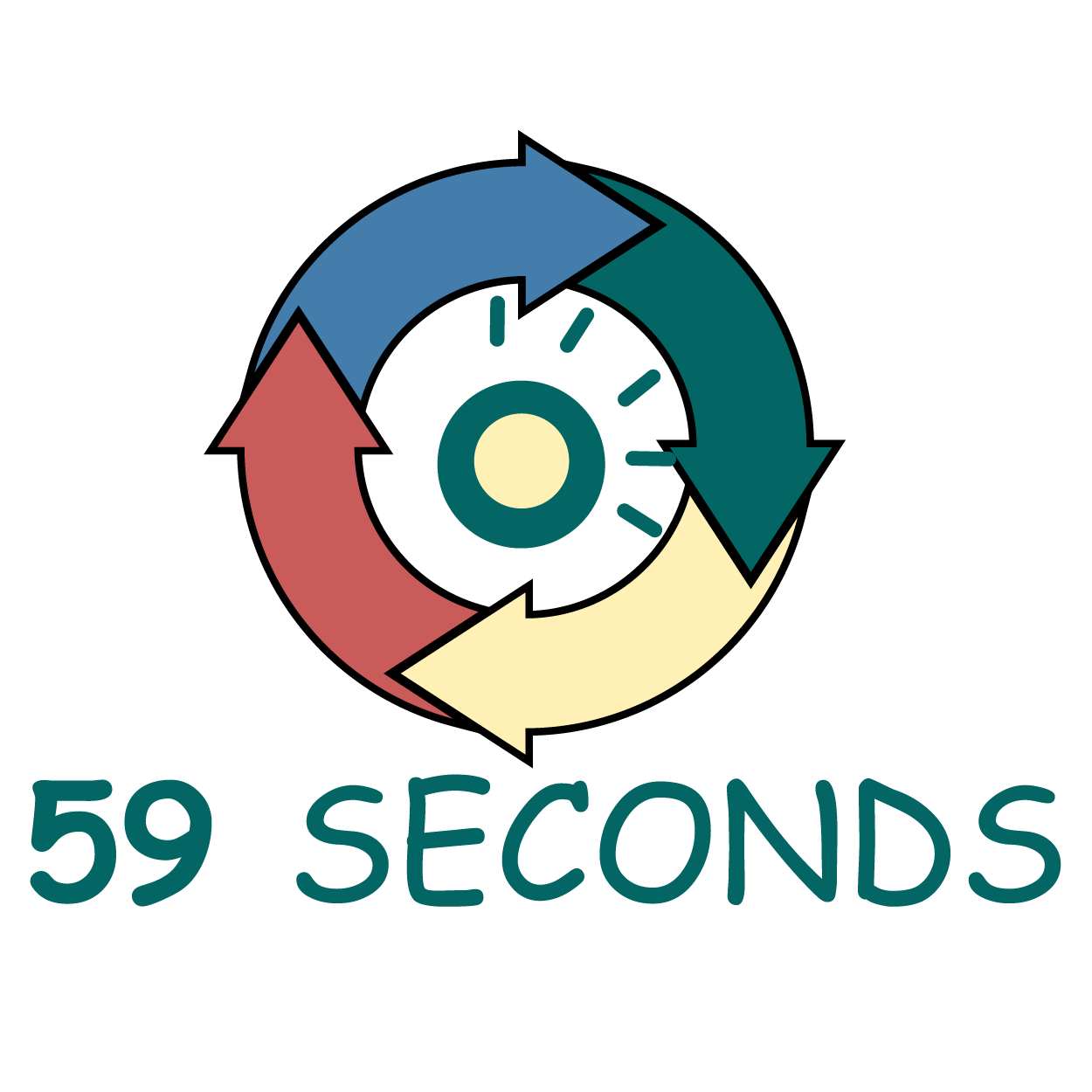
The Sprint Retrospective For Product Owners – Part 2
Tips for a Successful Retrospective
As with most tasks in Agile development, there is a right way and wrong way to conduct a Sprint Retrospective. The right way involves planning before the meeting, fostering an environment of openness and inclusion during the meeting, and providing a complete wrap-up for the team post meeting.
Prior to the meeting, each team member should review the tasks and the notes from previous meetings and identify any areas he/she feel are areas that should be brought up for discussion. The Scrum Master should also create an agenda which will layout the course or flow of the meeting.
At the start of the meeting, the Scrum Master should review the agenda, the goals of the meeting and establish the rules of engagement. During the meeting, it is the role of the Scrum Master to guide the meeting and not to try and influence it with opinions; this meeting is for the team to provide honest feedback. The Scrum Master should also take notes on a whiteboard or on a projected laptop so the entire team can see and reference throughout the meeting.
At the conclusion of the meeting, the Scrum Master should review the takeaways and action items and discuss the schedule for starting the next sprint. This final step ensures the entire team stays on the same page before everyone walks away from the event.
Within 24-hours, the Scrum Master should compile the notes and post or distribute for the entire team, including the Product Owner, to review.
Moving into the Next Sprint
The learnings from the Sprint Retrospective will be incorporated into the next sprint, so it is imperative that the notes be finalized and distributed prior to the start of the new sprint. At the kick-off meeting for the sprint, the Scrum Master should review the items for improvement that were identified and explain how they will be addressed in this sprint.
While the Sprint Retrospective marks the conclusion of the sprint, it is one of the most critical elements as it defines the behavior for the coming sprint. Without it, the team would never improve and would miss out on the opportunity of becoming a stronger unit.
<– Continue Reading –>
Our Book Recommendations
We found these books great for finding out more information on Agile Scrum:
Master of Agile – Scrum Product Owner With 59 Seconds Agile (Video Training Course)
Introductory Offer: Free Course
What is this course?
This ‘Master of Agile – Scrum Product Owner With 59 Seconds Agile (Video Training Course)’ provides an in-depth understanding of the Scrum Product Owner roles and responsibilities
You will explore the Agile Scrum project life-cycle, including how an Agile User Story is created, to how we know when it is ‘done’
This course is aimed at those with or without prior knowledge and experience of the Agile values and principles
During this course you will learn the tools needed to succeed as a Scrum Product Owner
What will you learn?
You will gain an in-depth understanding of the Scrum Product Owner roles and responsibilities, and you will be able to
- Fully understand the role of the Scrum Product Owner
- Understand the roles involved in an Agile project
- Create an effective Product Backlog
- Effectively participate in Scrum Meetings such as the Daily Stand-up, Sprint Review and Retrospective
- Identify the roles involves in the Scrum Team

What topics are covered within this course?
You will cover the following topics during this course:
- An Introduction to Agile Project Management (Product Owner)
- The 12 Agile Principles (Product Owner)
- The Declaration of Interdependence (Product Owner)
- Introduction to Scrum (Product Owner)
- Scrum Project Roles (Product Owner)
- The Agile Project Life-cycle (Product Owner)
- Acceptance Criteria and the Prioritised Product Backlog (Product Owner)
- Epics and Personas (Product Owner)
- Sprint Planning (Product Owner)
- User Stories (Product Owner)
- The Daily Scrum (Product Owner)
- The Product Backlog (Product Owner)
- Scrum Charts (Product Owner)
- Review and Retrospective (Product Owner)
- Validating a Sprint (Product Owner)
- Releasing the Product (Product Owner)
